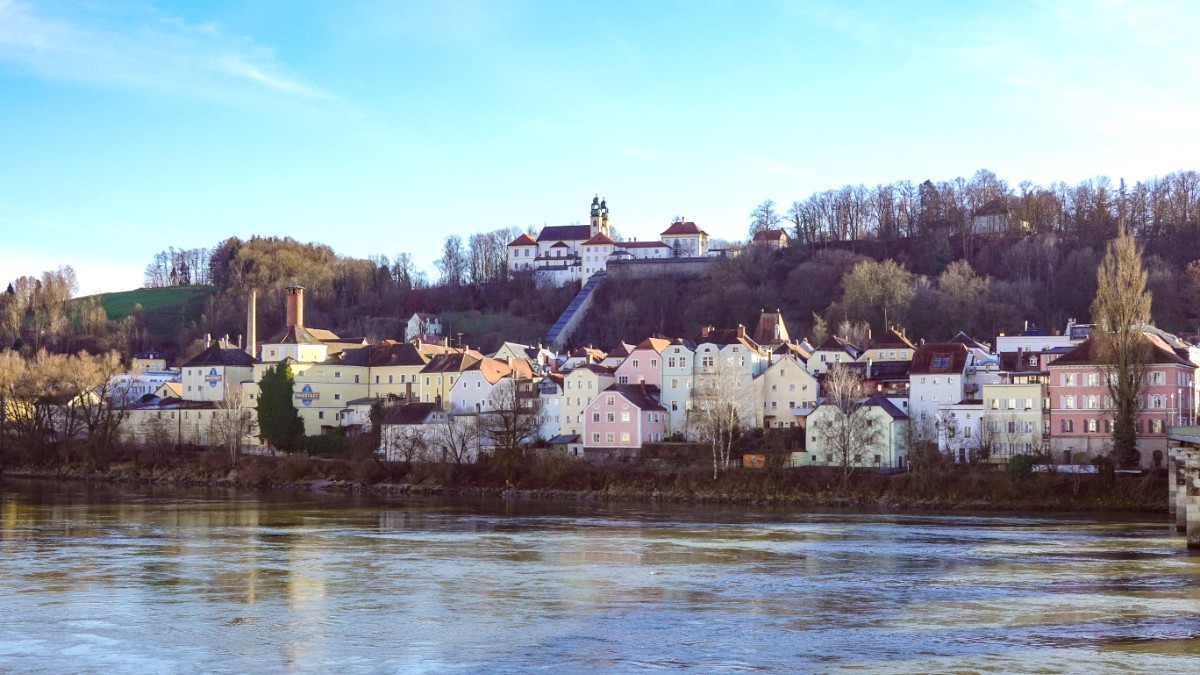
Bavaria, Germany
Its Old Town features grand Baroque architecture, narrow cobblestone alleys, and a charm that attracts visitors from around the globe. This guide details planning your visit, ensuring you appreciate your time in this Bavarian city.
Passau is in southeastern Germany, within the state of Bavaria. This position places it in the administrative region of Lower Bavaria (Niederbayern). The city sits on the border with Austria and near the Czech Republic, a natural hub for exploring central Europe.
The landscape is defined by its rivers and the rolling hills that mark the beginning of the Bavarian Forest. The Inn River flows into Passau from the south, the Ilz River from the north. Both flow into the larger Danube River, which continues its journey eastward.
Passau's history spans over two millennia, with its story intertwined with its geographical setting. The Romans recognized the strategic importance of the river confluence early on. They established a fort here, known as Castra Batava, an early settlement.
From the 8th century, Passau gained considerable power and influence. It became a Prince-Bishopric, where bishops held both religious authority and secular power. This period led to significant architectural development. Many grand Baroque buildings date from this era.
Castra Batava lays groundwork for the city.
Bishops gain spiritual and temporal power.
Known for salt trade along the rivers.
Much of the medieval city was destroyed.
Italian architects shape the distinct cityscape.
Passau's population of approximately 50,000 residents finds a balance between preserving its historical heritage and embracing a lively, contemporary atmosphere driven by its university.
The city is a popular starting or ending point for multi-day Danube River cruises. This attracts international visitors each year, making tourism a considerable industry.
The University of Passau attracts students from many countries, contributing to a diverse and energetic feel. Along with tourism, the university and local businesses form the backbone of Passau's economy.
Passau combines profound cultural depth, striking natural beauty, and modern conveniences. This blend creates a welcoming and comfortable experience for all travelers.
The city's location is strategically important, sitting directly on the border with Austria and close to the Czech Republic. This places Passau as a natural hub for exploring central Europe.
This intricate river system not only offers scenic beauty but has shaped Passau's development as a trade and transport center throughout history.
Passau borders Austria and lies near the Czech Republic, connecting to neighboring countries.
Defined by its three rivers, rolling hills, and the foothills of the Bavarian Forest.
A major trading hub throughout history, specifically for salt transported by river.
Passau balances its historical heritage with a lively student atmosphere.